15 Essential Tips for Growing Beautiful Pansies in Containers
Unlock vibrant, healthy pansies with these expert container gardening tips for lasting blooms and color.
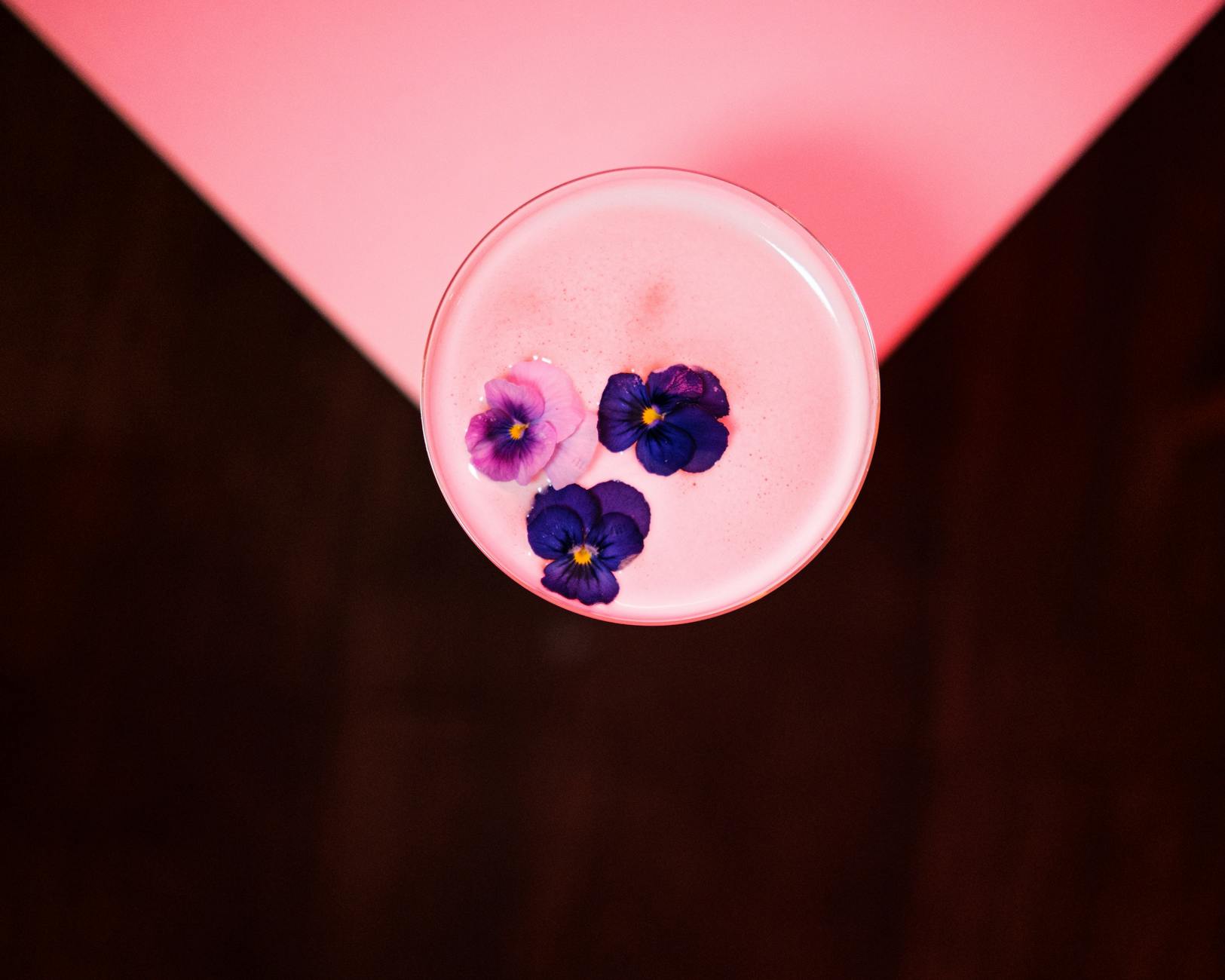
Pansies are beloved for their bold faces and cheerful colors, making them a standout choice for gardeners looking to add vibrance to patios, balconies, or entryways. While planting pansies in containers is popular for compact spaces and easy mobility, achieving lush and thriving displays goes beyond simply dropping them into a pot. With the right approach, container-grown pansies can provide continuous blooms, healthy growth, and eye-catching charm throughout the cool seasons.
This comprehensive guide covers everything you need to know—from soil selection and sunlight needs to watering, fertilizing, and creative container arrangements. Let’s dive into expert-backed tips for maximizing the beauty of your potted pansies.
Why Grow Pansies in Containers?
Pansies are well-suited to container planting for several reasons:
- Flexible Design: Move pots to highlight seasonal color, fill bare spots, or refresh tired borders.
- Extended Bloom: With the right care, container pansies can bloom from early spring through late fall, sometimes even into winter.
- Creative Arrangements: Mix pansies with other cool-season flowers, foliage plants, or bulbs for dynamic, custom displays.
- Ideal for Small Spaces: Perfect for patios, balconies, and doorsteps where in-ground planting isn’t possible.
Pick the Right Soil Type
Soil is the foundation of success for any potted plant, and pansies are no exception. Pansies thrive in light, fluffy soil rich in organic matter, which ensures roots can breathe and excess water drains away easily. Heavy soils, especially regular garden soil, are not recommended for containers as they can become compacted and lead to waterlogged roots—a surefire path to disaster for pansies.
- Use high-quality all-purpose potting soil formulated for containers.
- Enhance nutrient content by mixing in compost or worm castings.
- To refresh reused potting soil, add 6 inches of fresh potting soil on top or thoroughly mix compost to revitalize it.
- If DIY mixing, aim for a blend that crumbles when squeezed and doesn’t compact into a ball.
Ensure Your Pots Have Good Drainage
Pansies are particularly sensitive to soggy soil. Always use containers with ample drainage holes to prevent water from pooling at the bottom. Soggy conditions can quickly rot pansy roots.
- Check that your chosen pot or planter has multiple holes at the bottom.
- If necessary, gently drill or poke additional holes.
- Consider using pot feet or raising containers slightly to enhance drainage, especially if placing them on solid surfaces.
- A thin layer of gravel at the base can help, but soil quality and hole placement matter more.
Choose the Right Container
The size and material of your container affects pansy health and aesthetics:
- Size: Larger containers retain moisture longer and require less frequent watering, but make sure even smaller pots have ample space for pansy roots to expand.
- Material: Terracotta, glazed ceramic, plastic, metal, or resin are all suitable. Terracotta dries fastest (great for rainy climates), while plastic holds moisture (better for hot, dry sites).
- Shape: Bowls, window boxes, hanging baskets, and urns are all popular pansy vessels.
Place Containers in Morning Sun
Pansies love bright, cool conditions. For best results, site containers where they receive morning sun and are protected from harsh afternoon rays. This helps maximize blooming while preventing wilting.
- East-facing porches or semi-shaded spots work well.
- In cooler climates, pansies tolerate full sun as long as temperatures remain moderate.
- Move containers if plants appear stressed, scorched, or leggy.
Don’t Overwater
Consistent but moderate watering is key. Overwatering is a common issue that leads to root rot and declining pansy health. During cooler months or cloudy stretches, allow soil to dry slightly between waterings, but don’t let it dry out completely.
- Test soil moisture with your finger; water when the top inch is dry.
- Water thoroughly until it drains from the pot bottom, then empty saucers to avoid standing water.
- Reduce watering frequency during rainy or cool spells.
Feed Pansies Regularly
Pansies are moderate feeders that benefit from supplemental nutrition throughout the growing season to fuel continuous blooms and vigorous growth.
- Mix a slow-release granular fertilizer into the soil at planting time.
- Supplement with a diluted liquid fertilizer every 2–4 weeks for best results.
- Avoid high-nitrogen formulas, which encourage leafy growth at the expense of blooms.
Plant Densely—But Not Too Close
For a lush, full look, cluster pansies in your containers. Six to eight plants per medium-sized pot creates a full display, but avoid overcrowding, which can lead to poor air circulation and disease.
- Space pansies so their leaves just touch when fully grown.
- Pinch off lower leaves before planting to fit snugly into pots.
- Consider mixing color patterns and types for a dynamic effect.
Deadhead Spent Blooms
Regular deadheading (removal of faded flowers) is essential for prolonging the bloom period.
- Snip off wilted pansy flowers at the base of the stem.
- This encourages the plant to keep producing new blossoms instead of setting seed.
- Perform this task at least once a week for tidier, more prolific displays.
Protect from Extreme Heat and Cold
Pansies thrive in cool weather, generally preferring temperatures between 40-70°F (4-21°C). In hot climates, containers should be shaded during the afternoon, and in freezing zones, move pots to sheltered spots or insulate for extended blooms.
- During frost, group containers near walls for added warmth or temporarily pull them inside.
- In hot spells, increase watering and place pots in light shade.
Mix Pansies with Other Plants
Pansies combine beautifully with other cool-season annuals and perennials. Consider pairing them with:
- Violas: Miniature relatives of pansies for fine-textured color.
- Spring bulbs: Daffodils, tulips, hyacinths, and muscari complement their cheery look.
- Foliage plants: Heuchera, ornamental grasses, or variegated ivy add structure and interest.
Refresh Soil Between Seasons
At the end of one pansy season, rejuvenate your container soil before replanting. Remove spent roots and debris, and blend in fresh compost or potting soil to replenish nutrients and improve drainage for the next round of pansies or other seasonal flowers.
Monitor for Pests and Diseases
Pansies are relatively trouble-free, but container life brings some unique challenges. Watch for:
- Aphids – Small green or black bugs that cluster on stems. Spray with water or insecticidal soap.
- Slugs & Snails – Leave ragged holes in leaves; use traps or sprinkle diatomaceous earth.
- Root rot – Result of poor drainage; always check pot holes and avoid overwatering.
- Leaf spot – Remove affected leaves and avoid wetting foliage when watering.
Rotate and Rejuvenate Displays
As seasons change, periodically rotate containers and swap out tired plants with fresh pansies or complementary flowers for continuous color.
- Rearrange pots for balance and sunlight exposure throughout the year.
- Replace pansies that become leggy or fade with new transplants.
Enjoy Your Potted Pansies!
Pansies reward attentive care with months of colorful blooms and cheerful charm in any setting. With these tips, your container pansies will thrive, bringing joy and color to your garden, patio, or doorstep all season long.
Frequently Asked Questions (FAQs)
Q: How many pansies should I plant in a standard container?
A: For a typical 12-inch pot, 6 to 8 pansies create a full effect without overcrowding. Adjust for larger or smaller containers accordingly.
Q: What is the best fertilizer for container pansies?
A: Use a balanced, slow-release granular fertilizer at planting, supplemented with a diluted liquid feed every 2–4 weeks during the blooming period.
Q: Why are my container pansies turning yellow?
A: Yellow leaves could be a sign of overwatering, poor drainage, or nutrient deficiency. Ensure your soil is light and well-draining, and avoid letting pots sit in water. Feed regularly with a balanced fertilizer.
Q: Can I grow pansies indoors in containers?
A: Pansies can be grown indoors if given enough light (preferably in a south or east-facing window) and kept in cool conditions. Regular deadheading and careful watering are crucial indoors.
Q: How do I overwinter pansies in containers?
A: In mild climates, pansies often persist all winter. In cold areas, move containers to a sheltered spot during deep freezes or mulch containers and group them for shared warmth. Alternatively, bring pots indoors temporarily during harsh cold snaps.
Summary Table: Quick Guide to Thriving Container Pansies
| Tip | Summary |
|---|---|
| Soil | Use light, organic-rich potting soil; avoid garden soil. |
| Container | Ensure good drainage; choose size and material per climate. |
| Sunlight | Place in morning sun or bright, cool locations. |
| Watering | Keep soil evenly moist but not soggy; avoid overwatering. |
| Fertilizer | Feed with slow-release and liquid fertilizer as needed. |
| Spacing | Plant densely but with room for air flow. |
| Maintenance | Deadhead regularly; monitor pests and adjust seasonally. |
Get Started with Brilliant Pansy Containers
Armed with these tips, you can confidently create and care for pansy containers that dazzle with color, fragrance, and charm. Whether you’re sprucing up a balcony or adding cheer to your entryway, pansies deliver big impact with thoughtful care. Happy gardening!
References
Read full bio of Srija Burman




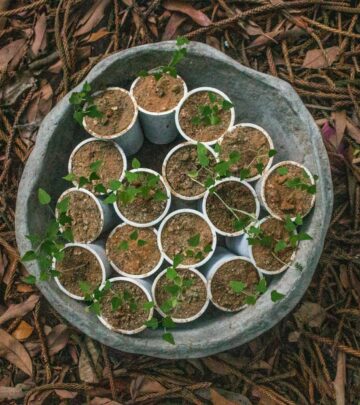
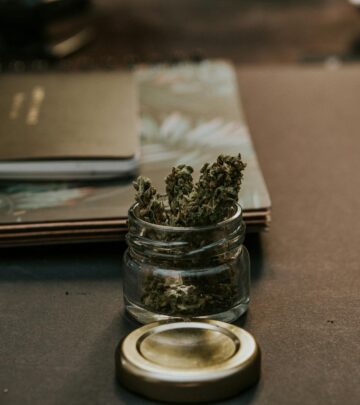
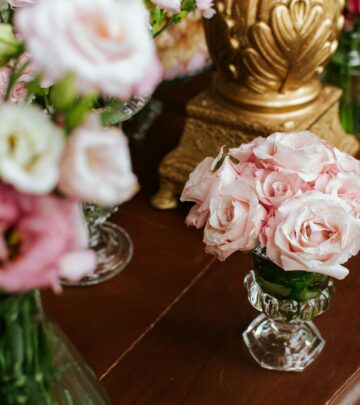

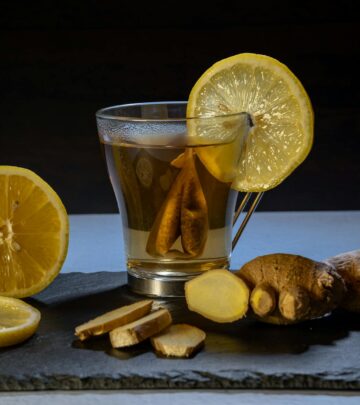

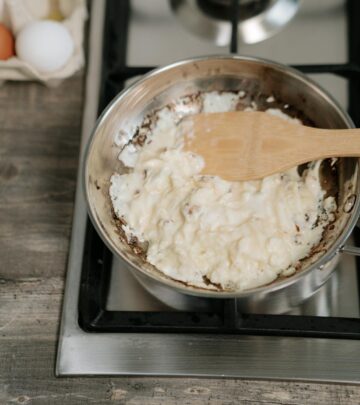

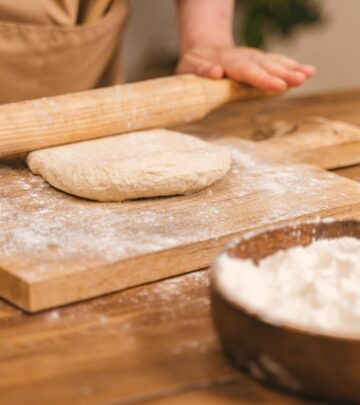

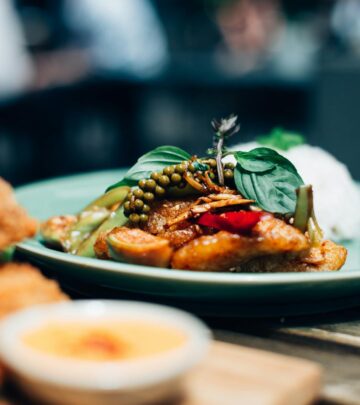


Community Experiences
Join the conversation and become a part of our empowering community! Share your stories, experiences, and insights to connect with other beauty, lifestyle, and health enthusiasts.